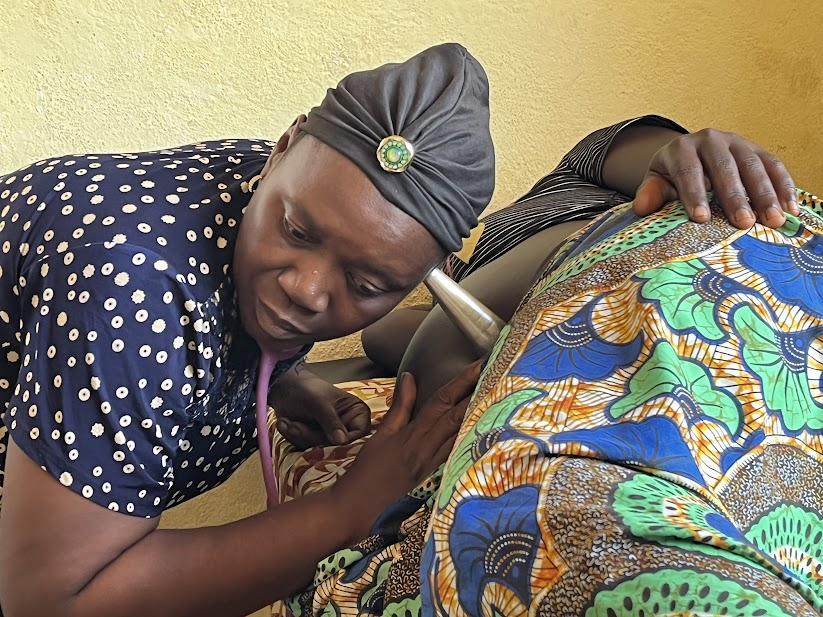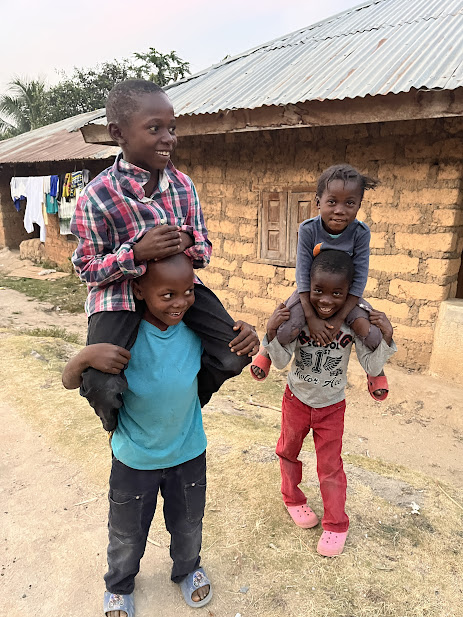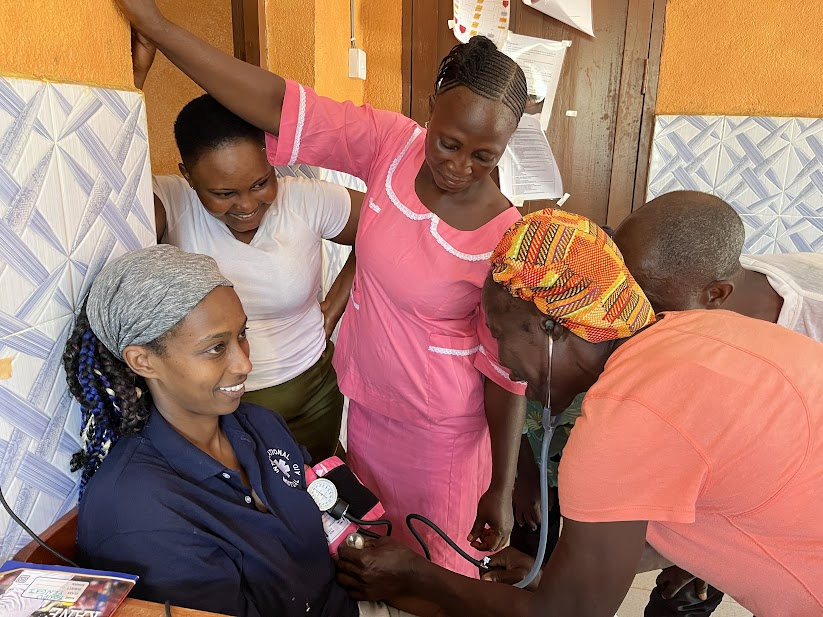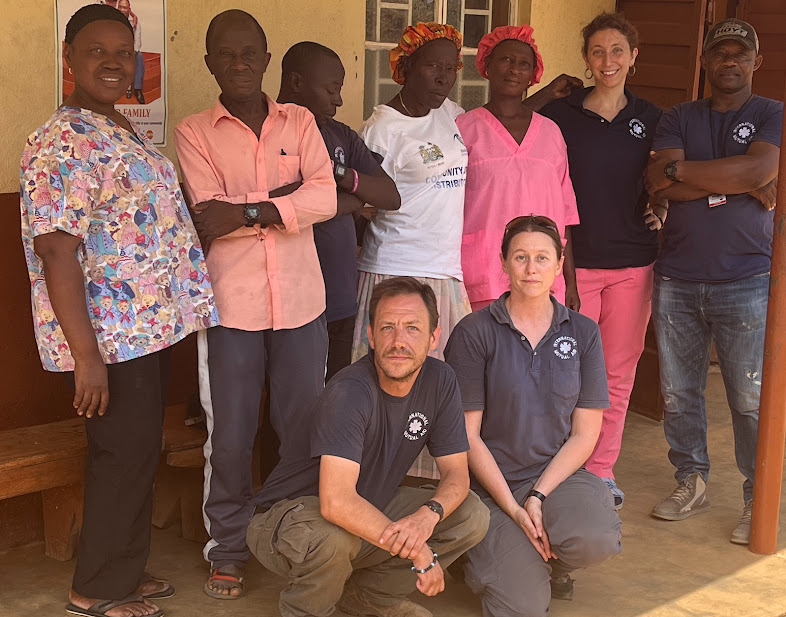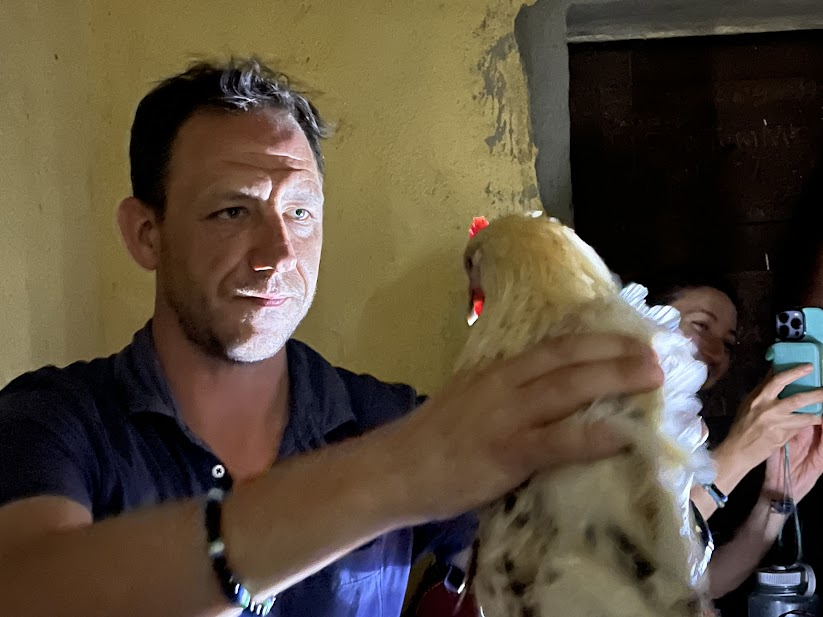IMA 2023 Annual Report
Director’s Note
Once again IMA’s local and expat staff had a very productive year. The Sally and Raymond Haik Womens health
center is fully functional, and providing definitive care to every pregnant woman in the catchment area of 30,000
people. Through the tireless work of our providers and the financial support of our donors we have been able to
ensure that not a single mother or child has died as a result of childbirth for over a year. In a country where 1 in 20
women die during childbirth, this is a huge achievement. The permanent housing for our local staff was
completed and also includes an IMA office, separate from the clinic. In less than two years the health campus has
grown from one small clinic to six buildings spread over more than an acre of land. This year also saw the
purchase of a new motorcycle for patient movement, and the hiring and training of five new IMA employees and
the training of multiple MOHS partners. During our time in country, we launched and have continued a
partnership with the local radio station to provide health talks every week. IMA worked in close partnership with
MOHS, Partners in Health, and Jericho Road Ministry to ensure accurate medical information was delivered to
the entire section, a location with a population of over 150,000 people. IMA’s providers built an effective
real-time consultation system to link our local staff to primary care providers in the United States. Through a
contentious election and local unrest, IMA has ensured timely, effective, and free medical care to our entire
service area. I cannot adequately express my pride in our staff, supporters and donors, in ensuring this is an
enduring reality.
-Colin Dunn
Director
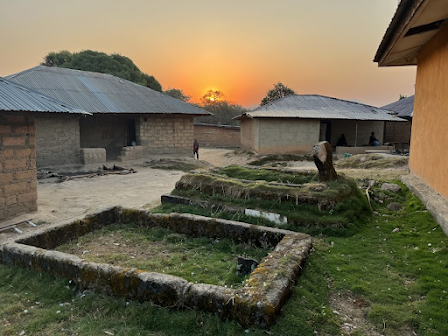
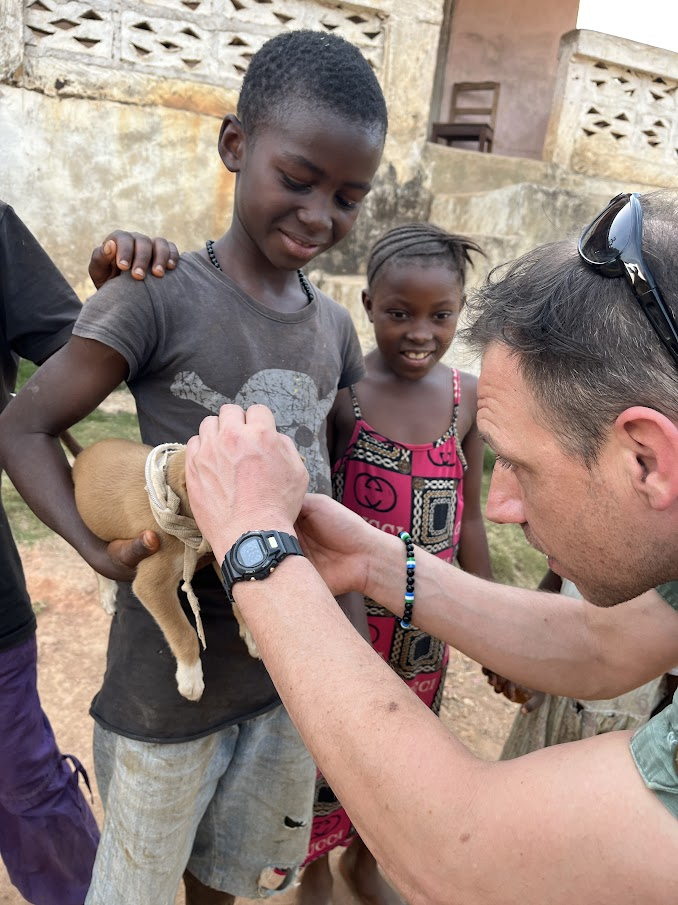
New Staff: Abu-Bakar, Aja, and Patrick
A warm welcome to our newest IMA volunteers: Ambulance-motorbike Driver Abu-Bakar, Health Aide Aja,
Social Worker Emmanuel, and Registrar Patrick!
Together, they have treated and transported several critical patients, and made the clinic run more smoothly!
Welcome!
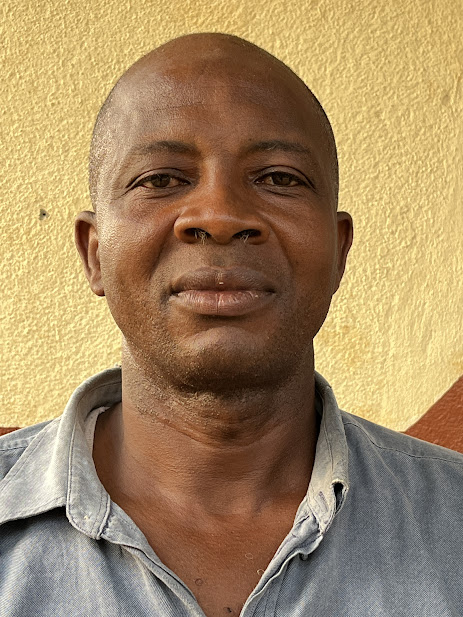
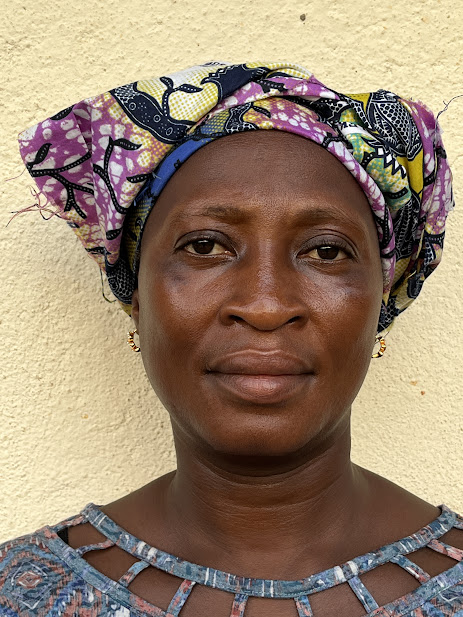
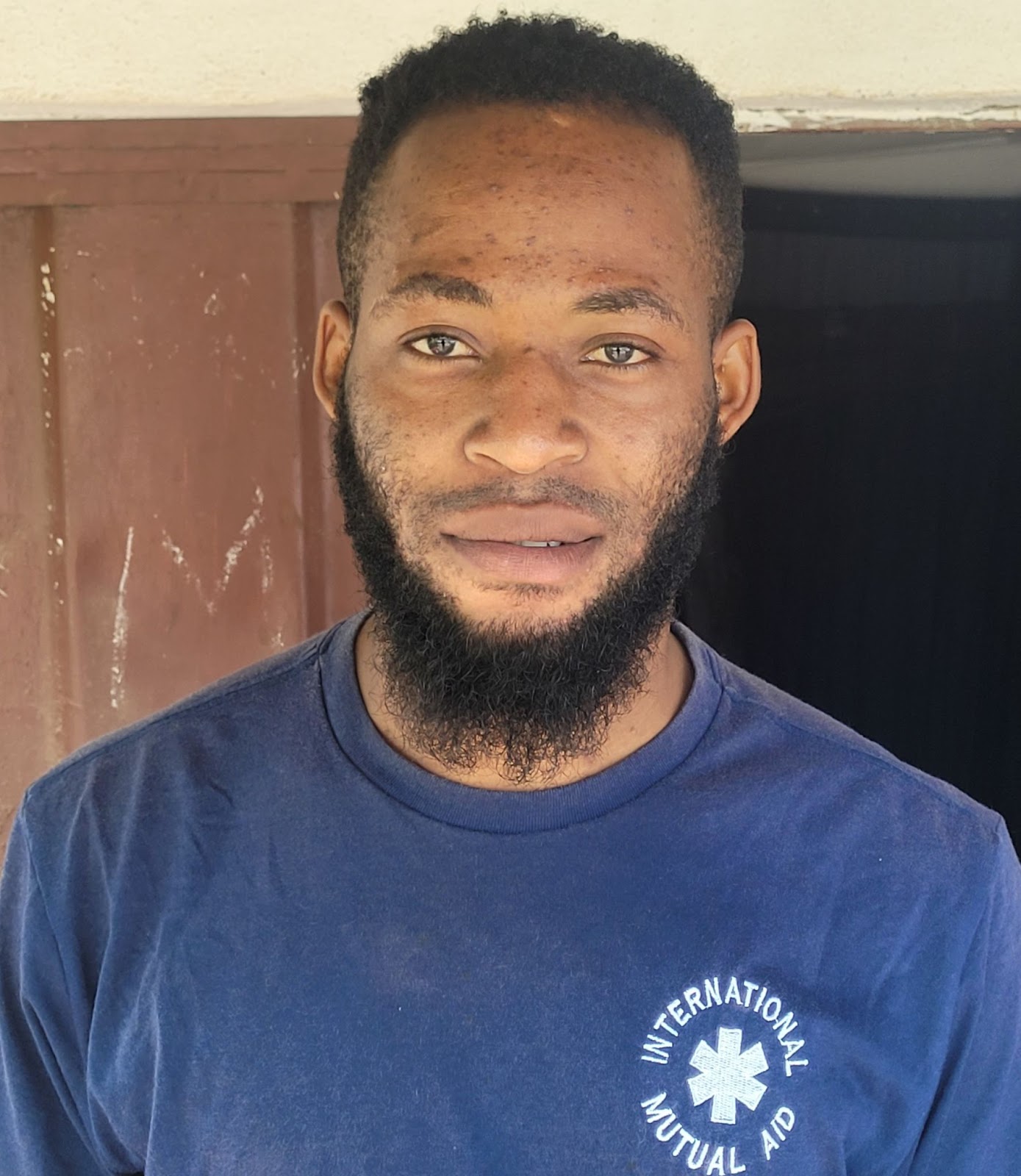
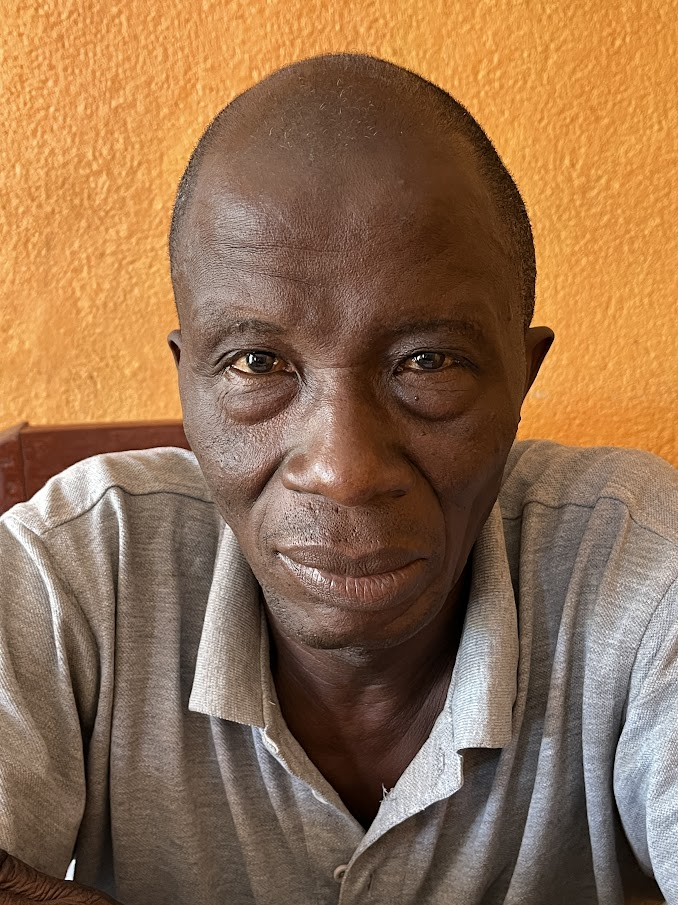
Left to right: Ambulance Driver Abu-Bakar, Health Aide Aja, Social Worker Emmanuel, and Registrar Patrick
A Visit from a Little Success Story
IMA’s staff were very excited to have a visit this year from Baby Virginia and her mother! Virginia’s mother
brought her to the clinic in 2022, at three days old, with a blood infection and respiratory failure. IMA volunteer
V.P. rode in to the Koidu neonatal care unit on a motorbike together with mom and baby, stimulating Baby
Virginia’s respirations throughout the 2.5 hour ride to Koidu. After recovering from sepsis, acute liver failure,
and respiratory failure during a three-week hospitalization, Baby Virginia was released home. She is now a
chubby, happy, healthy 1-year old!
Gbamandu’s First On-site Eye Clinic
Working in partnership with Eye Specialist Dr. Bockarie, IMA organized Gbamandu’s first-ever on-site eye
clinic!
In a single day we saw over 50 patients.
IMA was able to fund medical treatment, cataract surgery, and corrective lenses for dozens of patients.
Most of these patients were frail or too visually impaired to travel to Koidu for treatment, and were enjoying
their first opportunity to see an eye specialist in their home Chiefdom.
Kongokama’s story
A wonderful event occurred this year. Kongokama, a boy who suffered a traumatic amputation of his left foot
during the Ebola epidemic, has been a patient of IMA for years. Never one to be slowed down, Kongokama
often visited us for debridement and antibiotics, as work and youthful soccer games led to repeated secondary
infections of his wound. At long last, in March of 2023, Kongokama’s wound was stable enough for final
surgical prosthetic preparation at Koidu Government Hospital. IMA funded his surgery and prosthesis fitting,
both successful. Kongokama is now thrilled to be walking, thriving in secondary school in Koidu, and still
playing soccer!
Isata, a very brave elementary school student
Unfortunately, due to chronic malnutrition, tropical diseases, and inadequate healthcare infrastructure, advanced,
serious bone infections are relatively common in Sierra Leone. Amongst several cases that IMA treated in 2023
was Isata, a 7-year old elementary school student with a deep bone infection in her humerus. IMA is currently
working with this courageous little girl and her mother to conduct presurgical treatment, and seek a pediatric
surgical specialist in Freetown. Please help IMA to provide healthcare access and education in Sierra Leone, to
facilitate prevention and early treatment of deep bone infections.
Sawyer filters and water testing, Reduction in severe illness + waterborne illness vs 2022
With the help of nonprofit partners, Wine to Water and Mofinko Development Association, IMA has introduced
Sawyer water filters to the village of Gbamandu. These filters remove bacteria that cause typhoid, cholera, and
dysentery. Twenty 5-gallon filters were distributed, in consultation with village leadership, to publicly accessible
venues. Sites include the schools, clinic, places of worship, and the village meetinghouse. Responsible individuals
have been identified to ensure buckets are filled and the filters are regularly flushed. Gbamandu has already seen
a significant reduction in diarrheal diseases in 2023, and IMA hope to expand filter access to other villages in
2024.
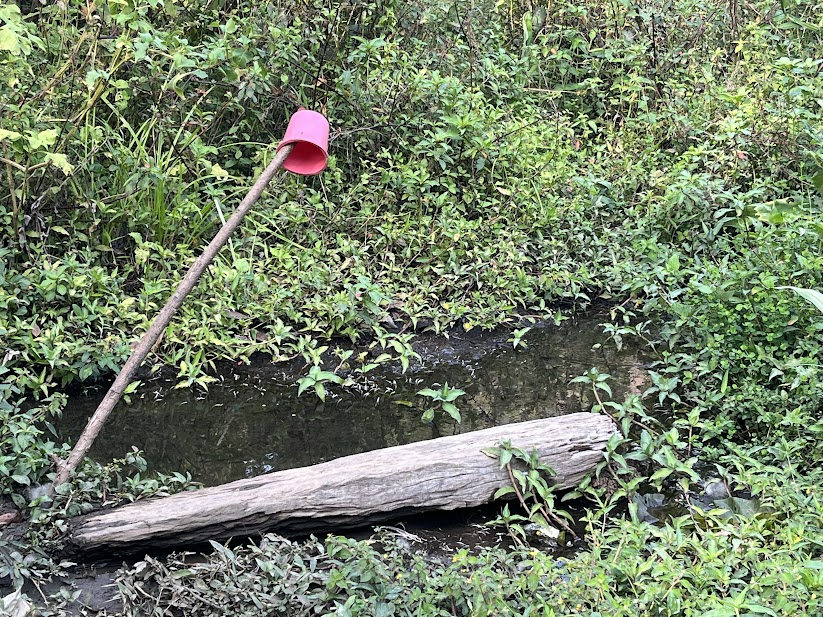
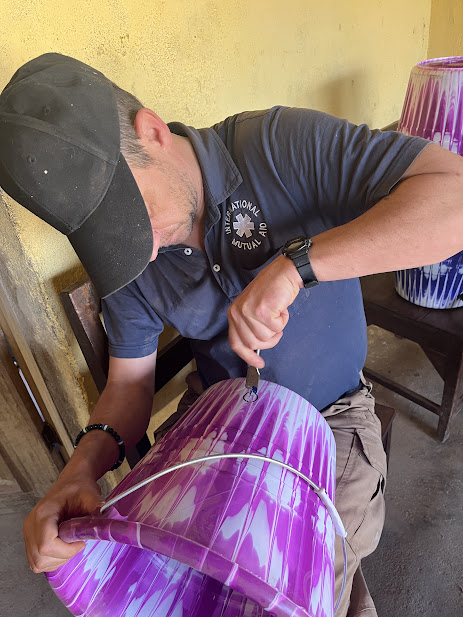
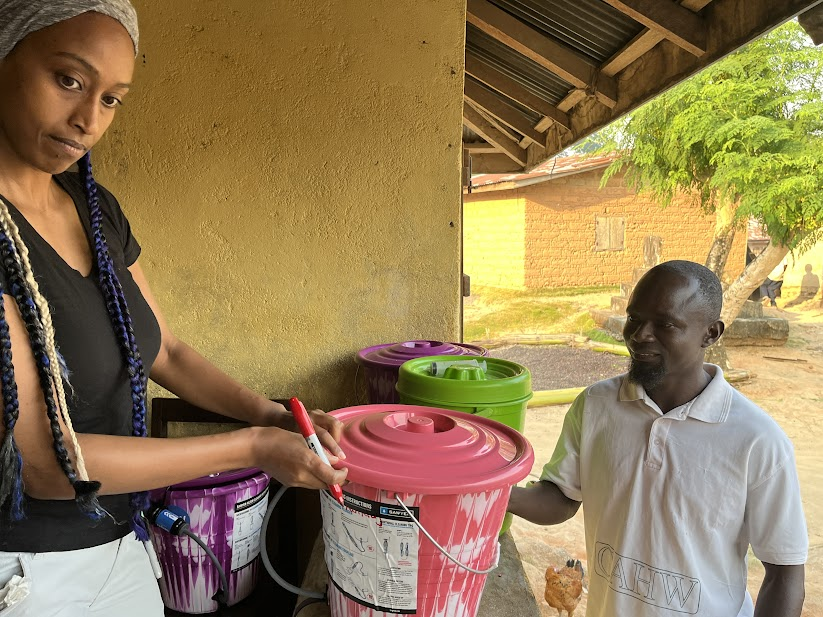
Typical dry-season water source (cup is used to drink water directly from the stream), Colin drills a filter hole in a bucket, volunteer
Sosena distributes completed bucket filters
Connecting patients with resources
Volunteer Sosena feeds a malnourished infant from a village near Gbamandu. The child’s mother has difficulty
producing milk, and infant formula costs roughly 4 times her monthly earnings. She has lost two children
previously to the same issue. She has been trying to keep this child alive with cow’s milk, which is not
pasteurized and does not provide adequate nutrition. IMA assisted the mother with transport to Koidu and
exploration of potential formula sources. The child was admitted to the Pediatric Nutrition Unit for 2 weeks.
Upon discharge, local priest Father Hillary was able to provide funding for future infant formula for the child
through the local church.
Typhoid Conjugate Vaccine: a goal beginning in 2024
Typhoid, a bacterial infection spread by inadequate sanitation and contaminated drinking water, has long plagued
humanity. With the advent of antibiotics and modern sanitation, typhoid has been eradicated in most of the
developed world. However, it remains the second-most common cause of death and disability in Gbamandu.
Endemic typhoid manifests as acute episodes of severe diarrheal disease in children, which may lead to death by
dehydration or intestinal perforation. In adults in endemic areas, subclinical infection can spread throughout the
body and cause a variety of complaints. Multi-drug resistant strains of typhoid have become increasingly common.
A typhoid vaccine exists, but it is only partially effective, fairly expensive, not recommended for young children,
and it must be repeated every 2-5 years. This makes mass vaccination in poverty-stricken areas impractical.
However, in recent years a breakthrough has occurred in typhoid vaccination science. Typhoid Conjugate
Vaccines (TCV) have been shown to be safe, affordable, and highly effective in multiple trials, and a single
dose grant life-long immunity. Mass vaccination campaigns have begun in a handful of African and Asian
countries.
Given the tremendous impact that TCV vaccines could have in Kono District, IMA is currently investigating
the feasibility of conducting a TCV pilot vaccination program, based in Gbamandu, starting in 2024 or 2025.
Stay tuned for updates!
